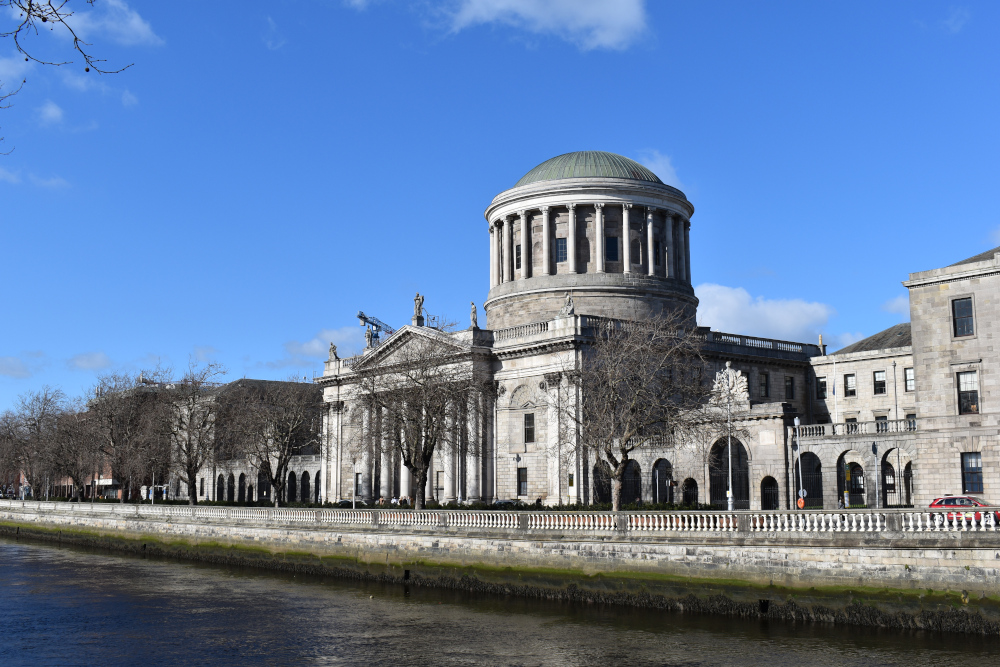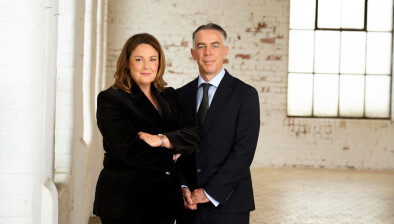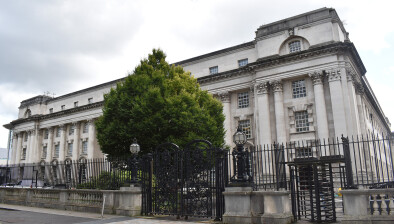Court of Appeal: Appeal against refusal of breast cancer negligence claim dismissed

The Court of Appeal has dismissed the appeal of a woman who claimed that she was required to undergo more extensive treatment than she otherwise would have required had her breast cancer been detected earlier by doctors at Letterkenny Hospital.

About this case:
- Citation:Crumlish v. Health Service Executive [2024] IECA 244
- Judgment:
- Court:Court of Appeal
- Judge:Mr Justice Seamus Noonan
Delivering the lead judgment for the Court of Appeal, Mr Justice Seamus Noonan remarked: “Nobody reading the very thorough and comprehensive analysis contained in the judgment of the High Court could be left in any doubt as to why the plaintiff’s claim failed.”
Background
In May 2017, the appellant attended Letterkenny Hospital to have two lumps in her breast assessed. A consultant breast surgeon and a radiologist confirmed that the lumps were cysts and nothing to worry about.
Thereafter, the appellant felt that the lumps had grown and joined together, and having found another lump in her armpit, the appellant was referred back to Letterkenny Hospital in October 2017. A consultant radiologist carried out a biopsy and confirmed that the appellant was suffering with breast cancer.
The appellant underwent treatment and responded well. She issued High Court proceedings against the HSE contending that had her cancer been detected in May 2017, she would not have required such extensive surgery which led to permanent repercussions for her.
The respondent contended that the lump felt in October 2017 was a new lump.
The High Court
The appellant needed to demonstrate that the larger lump which was present in May 2017 was a cancerous tumour, tendering medical evidence which inter alia relied on an academic paper from 1993 which considered the doubling time for breast cancer tumours in women.
The respondent contended that the cancer was found at a different position in the breast and that there was no negligence on part of its doctors in declining to perform a biopsy in May 2017.
The High Court determined that having regard to the evidence, the doubling time for the appellant’s tumour was probably faster than contended for by the appellant and so the larger lump which the appellant felt in May 2017 was probably a cyst and was not the tumour found in October 2017.
Accordingly, the appellant’s case was dismissed. The appellant appealed to the Court of Appeal, contending inter alia that the High Court was wrong to treat the issue of doubling time as dispositive of the claim and in doing so, ignored her evidence and that of her experts. The appellant further contended that the trial judge erred in relation to the treatment of the respondent’s evidence.
The Court of Appeal
At the outset, Mr Justice Noonan found it “puzzling” as to why, in circumstances where the issues were relatively net, the appellant felt it necessary to deliver a notice of appeal containing 68 grounds of appeal.
Recognising that one of the central features of the appeal criticised the engagement by the trial judge with the appellant’s evidence, the court pointed out that since Hay v O’Grady [1992] IR 210, the findings of fact made by a trial court will not be disturbed on appeal if based on credible evidence.
Mr Justice Noonan also considered inter alia that the threshold for success in complaints of non-engagement is high, as demonstrated by the judgment of the Supreme Court in The Leopardstown Club Limited v Templeville Developments Limited & Anor [2017] IESC 50.
Having regard to the trial judge’s findings on the doubling time of the appellant’s tumour, the Court of Appeal emphasised that it was “expressly conceded by counsel for the plaintiff in closing the case” that if the court was not satisfied that a 15mm malignant tumour was present in the appellant’s breast in May 2017, that was the end of the case.
Mr Justice Noonan disagreed with the appellant’s claim that the trial judge’s failure to explicitly refer to certain evidence meant that she had ignored, overlooked or failed to consider it, finding that the trial judge had regard to the evidence of both sides and legitimately preferred the respondent’s evidence where conflicts arose.
The judge reiterated that “the task of a trial judge is to come to a reasoned conclusion so that the parties can understand why one side succeeded and the other did not. A minute analysis of every aspect of the evidence is not what is required when the reasons for the court’s decision are plain to see from the judgment.”
Turning to the appellant’s point that the defence evidence was unfairly presented a led the trial judge into error, the Court of Appeal considered her contention that the respondent’s claim that cancer was an “interval cancer” appearing in the interval between May and October 2017 had not been pleaded before the trial commenced.
Finding that on one view this was true, the court recognised that the defence made it clear that it would be contended that there was no abnormality on the May imaging, i.e. that there was no detectable cancer in May. The court highlighted that if a party is taken by surprise in the manner suggested by the appellant, it was open to her to make an application in respect of same at trial, a remedy which she had not availed of.
Proceeding to the appellant’s complaints concerning the trial judge’s treatment of her expert’s evidence, the Court of Appeal agreed with the appellant that the trial judge was incorrect in taking the view that the opinion of her pathology expert on doubling times should be disregarded in light of Order 39, rule 58(3) of the Rules of the Superior Courts.
Mr Justice Noonan highlighted: “O. 39, r. 58(3) is a rule of procedure, not a rule of evidence. It says nothing to the admissibility of evidence in a particular case. Thus, where an expert is called on one particular topic, but also gives evidence on another, such evidence might be the subject of objection by the opposing party… However, if the evidence is given without objection, it seems to me that the court is not free to disregard it but must treat it in the same way as any other expert evidence.”
However, the court determined that notwithstanding her view, the trial judge had considered the pathology expert’s opinion and so it was difficult to see the basis for the appellant’s complaint.
Mr Justice Noonan was satisfied that the trial judge was correct to conclude that the only evidence of the existence of a 15mm tumour in the plaintiff’s right breast on 4 May 2017 was the expert evidence based on tumour doubling time, finding that once that evidence was rejected, all other evidence concerning breach of duty became irrelevant and the case failed at the first causation hurdle.
Conclusion
Accordingly, the Court of Appeal dismissed the appeal.
Crumlish v. Health Service Executive [2024] IECA 244








